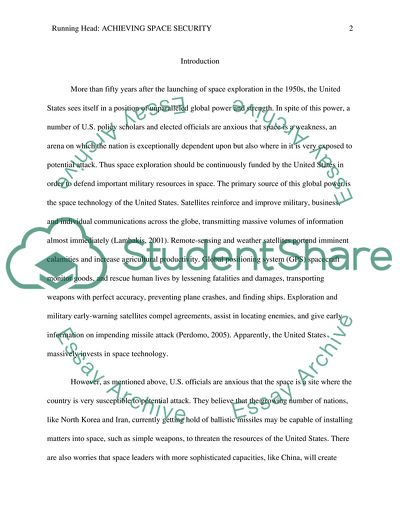Cite this document
(Science, Health, and Environmental Issues: Achieving Space Security Research Paper, n.d.)
Science, Health, and Environmental Issues: Achieving Space Security Research Paper. https://studentshare.org/technology/1796280-science-health-and-environmental-issues
Science, Health, and Environmental Issues: Achieving Space Security Research Paper. https://studentshare.org/technology/1796280-science-health-and-environmental-issues
(Science, Health, and Environmental Issues: Achieving Space Security Research Paper)
Science, Health, and Environmental Issues: Achieving Space Security Research Paper. https://studentshare.org/technology/1796280-science-health-and-environmental-issues.
Science, Health, and Environmental Issues: Achieving Space Security Research Paper. https://studentshare.org/technology/1796280-science-health-and-environmental-issues.
“Science, Health, and Environmental Issues: Achieving Space Security Research Paper”. https://studentshare.org/technology/1796280-science-health-and-environmental-issues.


